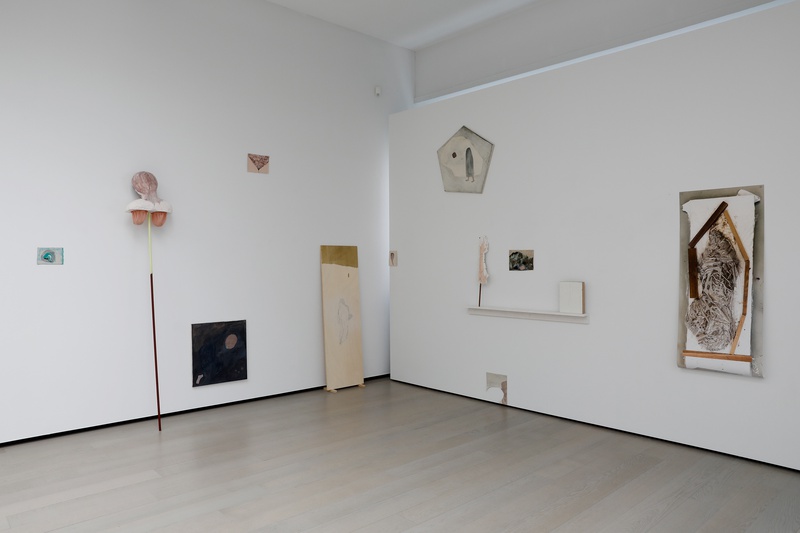When Eva Spierenburg's mother died, she developed a fascination for the dying body. Humility only exists when there is no longer any identity, no longer an ego. Dying can also be seen as a form of humility, a no-man's-land between presence and absence. A body will only die as the ego slowly ebbs away. Spierenburg's work represents this intermediate form, a state of being and non-being. A small red object of solidified transparent plastic material, for example, suggests the transformation of death. ‘’I imagined how all a body’s lifeblood sinks to the bottom and coagulates. This then, is coagulated life, I thought.’ Spierenburg also took photographs of wet clay, because what other ways exist for retaining this pliable soft form?
After the death of her mother, Spierenburg also began to realise that it was thanks to her mother that she existed. Though the bond she’d had with her mother had never been intense, she felt a vulnerability that could also signify a form of humility. This was the start to the video ‘recreating my mother, attempt 4’. On screen, Spierenburg forms a human figure from clay, thus reversing the distribution of roles between mother and daughter. In this intimate form, Eva becomes the creative person in the service of art, in this case a piece of art symbolising her mother.

